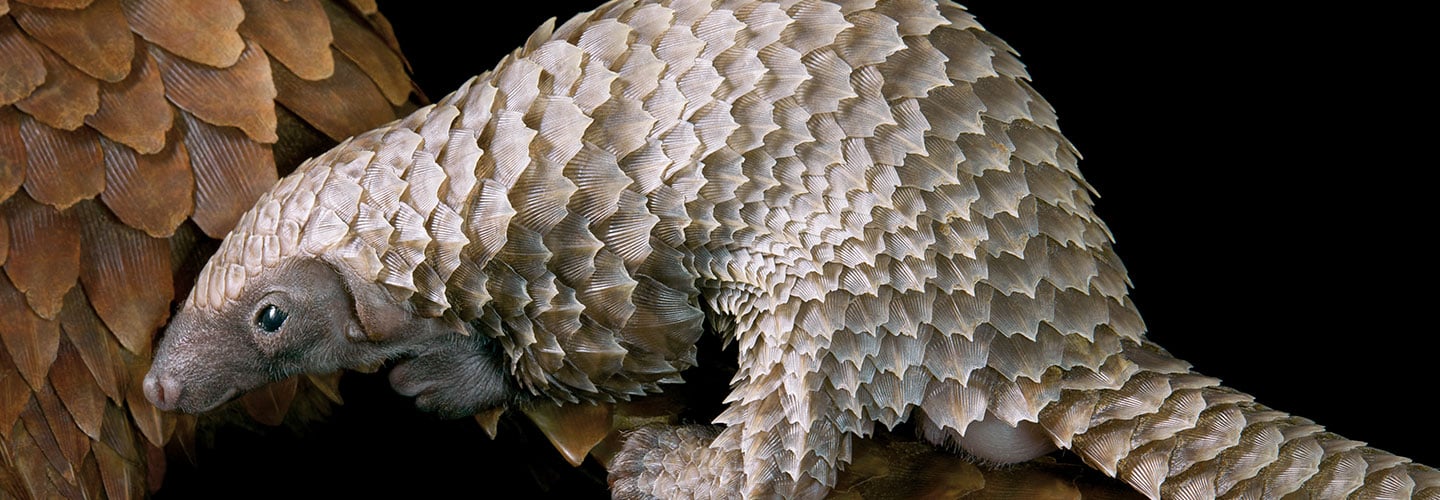TIM FLACH
SAIGA: Loss of habitat, including migration routes, along with illegal hunting for horns and meat have put pressure on these antelope populations. Disease outbreaks in recent years have killed hundreds of thousands more.
Tim Flach dug a shallow hole in the grasslands of Russia and slowly lowered himself into it. He wore camouflage to blend in with his surroundings. It was incredibly hot, and he constantly swatted away flies. Flach lay in the dirt for hours, staying as quiet as he could with his camera ready.
Flach is an animal photographer who spent two years taking pictures of some of the most endangered animals on the planet. That day in the hole, he was trying to photograph a rare antelope called a saiga. The species has existed for thousands of years, since woolly mammoths and saber-toothed cats roamed the planet. But disease and hunting have devastated the saiga population. The animals once numbered in the millions, but today only about 160,000 remain. They are timid and bolt at the slightest sound.
Tim Flach dug a shallow hole in grasslands in Russia. Then he lowered himself in. He wore camouflage to blend in with his surroundings. It was very hot, and he kept slapping away flies. Flach lay in the dirt for hours. He stayed as quiet as possible with his camera ready.
Flach is an animal photographer. For two years, he took pictures of some of the most endangered animals on the planet. That day in the hole, he was trying to photograph a rare antelope called a saiga. The species has existed for thousands of years. It was around back when woolly mammoths and saber-toothed cats lived. But disease and hunting have shrunk the saiga population. There used to be millions. Today only about 160,000 remain. The animals are shy and run at the smallest sound.

